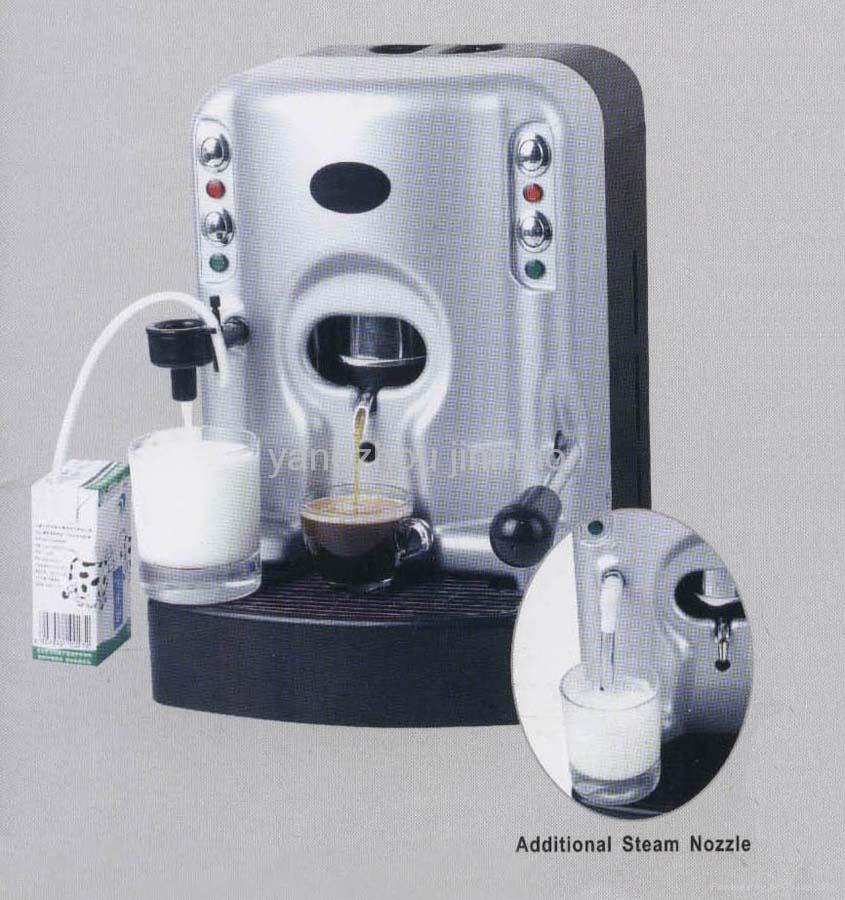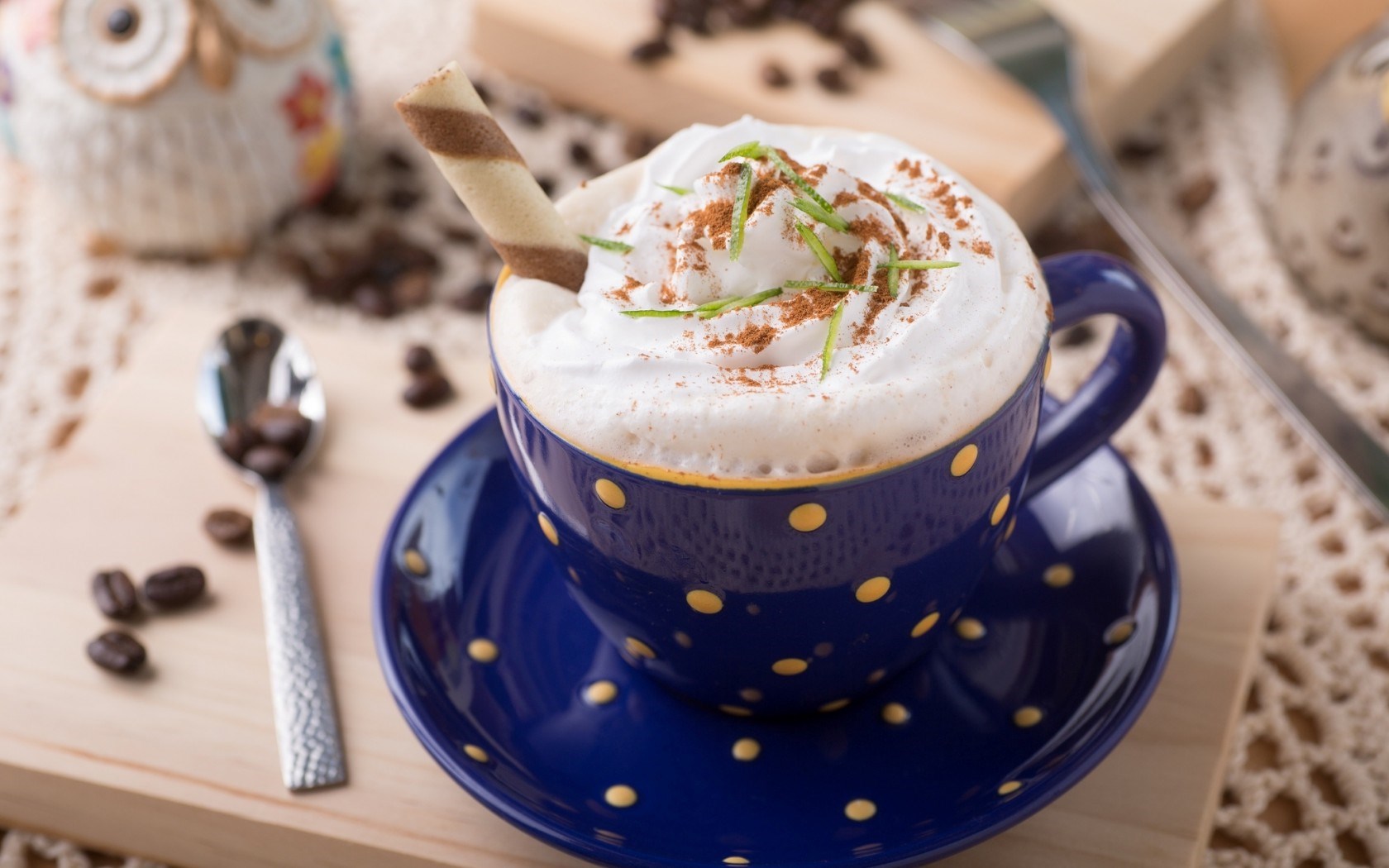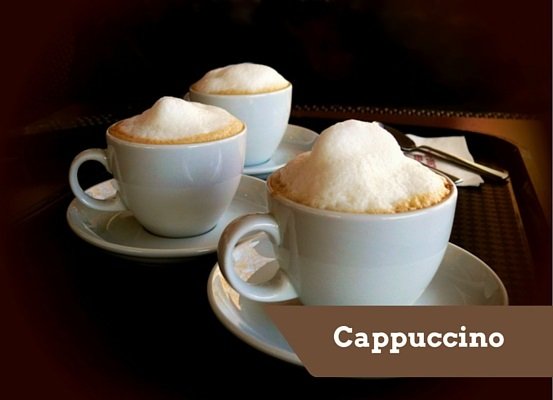

Cappuccino coffee professional#
You could always rely on a professional barista to deliver a beautiful cuppa. It used to be the easiest thing in the world to nip to the cafe around the corner to enjoy a cup of cappuccino with your lunch. I recommend you give different variations a try, even if only to know for sure they aren’t for you. If you’re a purist and prefer your java black, it’s likely you haven’t found your perfect milk-based beverage yet. Unsurprisingly, every milk-based drink tastes different, even if you use the same beans and milk to build them. Macchiato is an espresso shot topped with a dash of milk microfoam, while flat white is similar to latte, but with a higher coffee-to-milk ratio. For instance, cafe con leche is a traditional Spanish drink that uses brewed coffee with piping hot milk in equal parts. Other coffee-and-milk beverages share these four core differences, though exact numbers vary. However, both drinks can be served with low-fat or non-dairy milk to fit your dietary preferences. The same-sized serving of cappuccino is 20% lighter on calories. If you go with a full-fat milk version of both drinks, latte will be a more calorie-dense option with over 100 calories per an 8-ounce cup.

Latte is served in a tall see-through glass, so you can enjoy the interplay of the drink’s layers.

In a specialty coffee shop, you’ll be served a cappuccino in a smallish cup with or without latte art on top. Coffee chains now offer both drinks as 16-oz options too, but those have nothing to do with Italian traditions. Latte is usually a tad larger, at up to 10 oz. Cappuccino is a smaller drink of only 5 or 6 ounces. Instead, a single or double shot of espresso is topped with steamed milk and covered with half an inch of microfoam. Latte variations don’t have the same strict ingredient proportions.

The concentration of coffee in your cappuccino can be different, but the traditional Italian recipe calls for equal parts of espresso, steamed milk, and microfoam. Let’s go over the differences one by one, and you’ll never get confused again: But if you look closer, you’ll start noticing discrepancies that make a world of difference to the overall flavor and drinking experience. To an untrained eye, both drinks are one and the same, a mixture of coffee and milk. What’s the Difference Between Cappuccino and Latte? Other combinations of the same ingredients include latte, macchiato, flat white, cafe au lait, cafe con leche, and more. It calls for an espresso shot, steamed and frothed milk. In short, adding a splash of milk to your regular drip coffee doesn’t make it a cappuccino. Steam wands were later added to heat up and froth the milk to be mixed into cappuccino and a variety of specialty drinks. It became possible only at the beginning of the 20th century after Italians created the first-ever espresso machines to speed up the brewing process and make punchy, highly concentrated shots we all know and love. However, neither of these drinks would pass for what we now call cappuccino. Another theory claims Viennese cafes invented ‘Kapuziner’ – a coffee-based drink with cream and spices. They wore light-brown robes (the color of cappuccino) and diluted coffee with milk to make it milder. Plenty of sources, including Wikipedia, explain that cappuccino was created by Italian Capuchin friars. Still, I’m determined to get to the bottom of this and share my findings. There’s much confusion when it comes to this particular beverage, and it’s challenging to make sense of all the conflicting facts. What Sets the Best Coffee Beans for Cappuccino Apart?įirst, let’s set things straight and determine what we’ll call cappuccino for the purposes of this post. Somewhat of a foodie myself, I’ve taste-tested dozens of blends to find the best coffee beans for a cappuccino, and today I want to share this hard-earned knowledge with you. Years later, cappuccino is still my favorite drink, and every sip of the smooth foam and sweet java takes me back to that tiny family-owned cafe where I first learned to appreciate coffee. I simply couldn’t get over the bitter and sour tar-like swill they serve in Starbucks, and it took a coffee snob of a friend to change my mind. Before I tried a true cappuccino, I was a tea person.


 0 kommentar(er)
0 kommentar(er)
